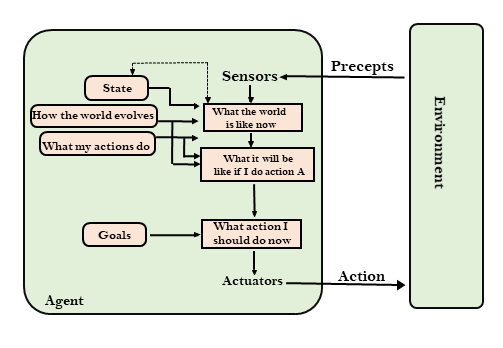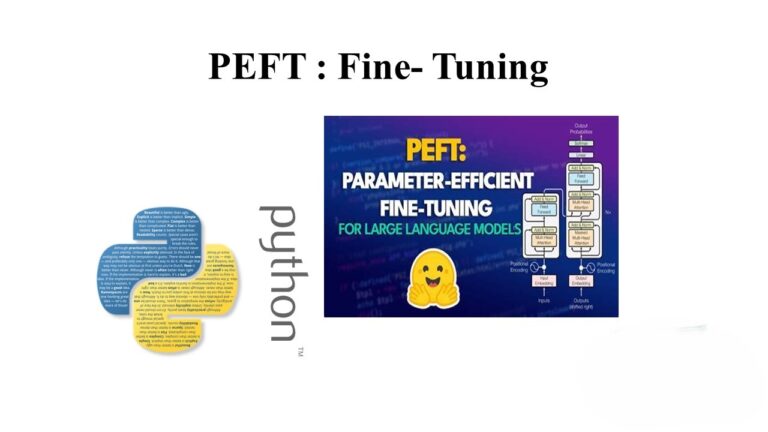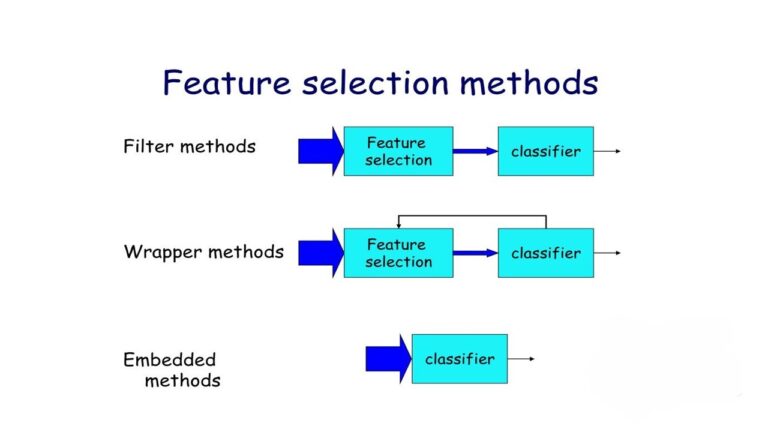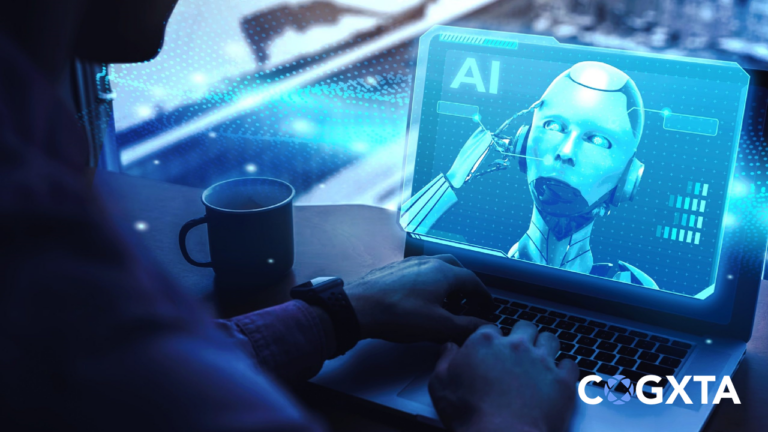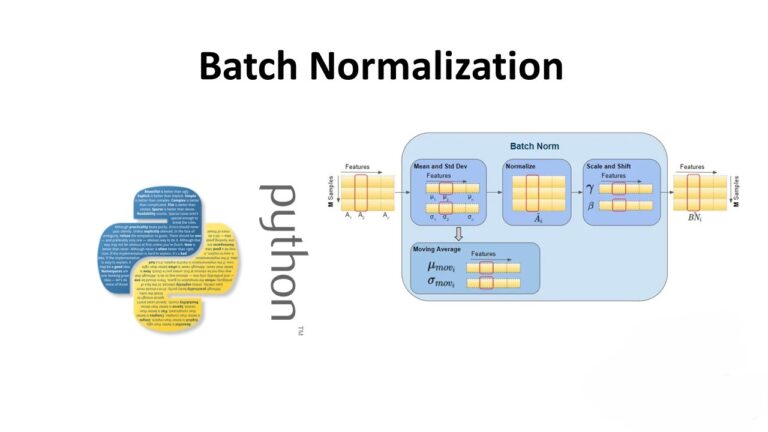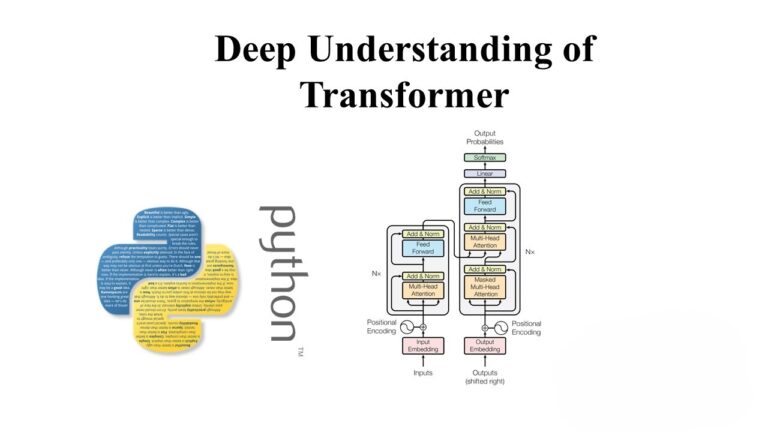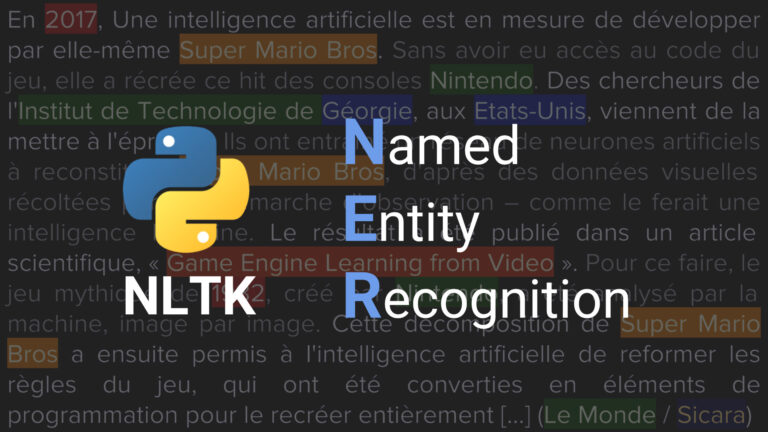Goal-Based Agents: Steering the Future of Agentic AI Beyond Industry Boundaries
The relentless march of artificial intelligence continues to redefine the boundaries of what’s possible. Within this dynamic landscape, agentic AI stands out as a particularly compelling paradigm. Unlike traditional AI systems that passively execute pre-programmed instructions, agentic AI empowers systems to act autonomously, perceive their environment, and make decisions to achieve specific goals. At the heart of this revolution lies the concept of goal-based agents, sophisticated entities designed to pursue complex objectives with minimal human intervention. This article delves into the architecture, benefits, challenges, and broad applicability of goal-based agents within the wider context of agentic AI, emphasizing their potential to transcend traditional industry limitations.
Understanding Agentic AI and the Rise of Autonomous Agents
Before we delve into goal-based agents, it’s crucial to understand the broader concept of agentic AI. An “agent” in this context refers to an autonomous entity capable of perceiving its environment through sensors, processing information, and acting upon that environment through actuators to achieve specific goals. Agentic AI encompasses a spectrum of agent types, each with varying degrees of autonomy and sophistication. These range from simple reflex agents that react to immediate stimuli to more complex learning agents that adapt their behavior based on past experiences.
Goal-based agents represent a significant step up in complexity. They are designed with a clear understanding of their desired outcome (the goal) and are equipped with the ability to plan and execute actions to achieve that goal. This planning process often involves:
- Goal Definition: Clearly defining the desired end state.
- World Modeling: Creating an internal representation of the environment and its dynamics.
- Planning: Generating a sequence of actions that are likely to lead to the desired goal state.
- Execution: Carrying out the planned actions while continuously monitoring the environment and adapting the plan as needed.
The Architecture of Goal-Based Agents
The architecture of a goal-based agent typically comprises several key components:
- Perception Module: Responsible for sensing the environment and providing relevant information to the agent.
- World Model: A representation of the agent’s environment, including objects, relationships, and potential actions.
- Goal Representation: A formal definition of the desired end state.
- Planning Module: The engine that generates plans to achieve the goal, often using search algorithms or other AI techniques.
- Execution Module: Responsible for executing the plan by controlling the agent’s actuators.
- Learning Module (Optional): Allows the agent to learn from past experiences and improve its performance over time.
The interaction between these modules is crucial for the agent’s success. The perception module feeds information to the world model, which is used by the planning module to generate a plan. The execution module then carries out the plan, while the learning module (if present) analyzes the results and adjusts the agent’s behavior for future tasks.
Benefits of Implementing Goal-Based Agents
The adoption of goal-based agents offers a multitude of benefits:
- Autonomy: Agents can operate independently, freeing up human resources for more strategic tasks.
- Adaptability: Agents can adjust their behavior in response to changing environments and unexpected events.
- Efficiency: Agents can optimize their actions to achieve goals more efficiently than humans.
- Scalability: Agents can be easily replicated and deployed across multiple locations or systems.
- Problem Solving: Agents can tackle complex problems that are difficult or impossible for humans to solve manually.
Source: Goal-Based Agents: The Future of Autonomous AI
Challenges in Developing and Deploying Goal-Based Agents
While the potential of goal-based agents is immense, there are also significant challenges associated with their development and deployment:
- Complexity: Designing and implementing goal-based agents can be complex, requiring expertise in AI, robotics, and software engineering.
- Computational Resources: Planning and executing actions can be computationally intensive, especially for complex goals.
- Ethical Considerations: Autonomous agents raise ethical concerns about accountability, bias, and potential unintended consequences.
- Safety: Ensuring the safety of goal-based agents is crucial, especially in environments where they interact with humans.
- Explainability: Understanding why an agent made a particular decision can be difficult, which can hinder trust and acceptance.
Beyond Traditional Industries: Universal Applications of Goal-Based Agents
While much of the current discussion around agentic AI focuses on specific industries, the true power of goal-based agents lies in their universal applicability. Here are some examples of how these agents could be utilized beyond traditional sectors:
- Personalized Education: Imagine an AI agent designed to optimize a student’s learning path. The goal is for the student to master a specific subject. The agent would analyze the student’s learning style, identify knowledge gaps, and tailor the curriculum accordingly, providing personalized feedback and resources.
- Environmental Conservation: Goal-based agents can be deployed to monitor and protect endangered species or ecosystems. For example, an agent could be tasked with reducing poaching in a national park. It would analyze sensor data, track animal movements, and identify potential threats, alerting authorities and deploying resources to prevent illegal activities.
- Disaster Relief: In the aftermath of a natural disaster, goal-based agents could be used to coordinate rescue efforts and deliver aid. These agents would analyze satellite imagery, assess damage, and identify areas where help is needed most. They could then deploy drones to search for survivors, deliver supplies, and provide communication support.
- Scientific Discovery: Goal-based agents can assist scientists in conducting experiments and analyzing data. For example, an agent could be tasked with discovering new materials with specific properties. It would automatically design and run simulations, analyze the results, and refine its search based on the data.
- Artistic Creation: Goal-based agents can even be used to create art. An agent could be tasked with composing a piece of music in a specific style or generating a unique work of visual art. It would use AI techniques to learn from existing works, experiment with different ideas, and refine its creations based on feedback.
These examples highlight the versatility of goal-based agents and their potential to transform various aspects of our lives.
Key Takeaways:
- Goal-based agents are a key component of agentic AI, enabling systems to act autonomously to achieve specific objectives.
- The architecture of a goal-based agent typically includes perception, world modeling, planning, and execution modules.
- Goal-based agents offer numerous benefits, including autonomy, adaptability, and efficiency.
- Developing and deploying goal-based agents presents challenges, including complexity, ethical considerations, and safety concerns.
- The applications of goal-based agents extend far beyond traditional industries, with potential uses in education, environmental conservation, disaster relief, scientific discovery, and artistic creation.
As AI technology continues to evolve, goal-based agents are poised to play an increasingly important role in shaping the future. By understanding their capabilities and limitations, we can harness their power to solve complex problems, improve our lives, and create a more sustainable and equitable world.

